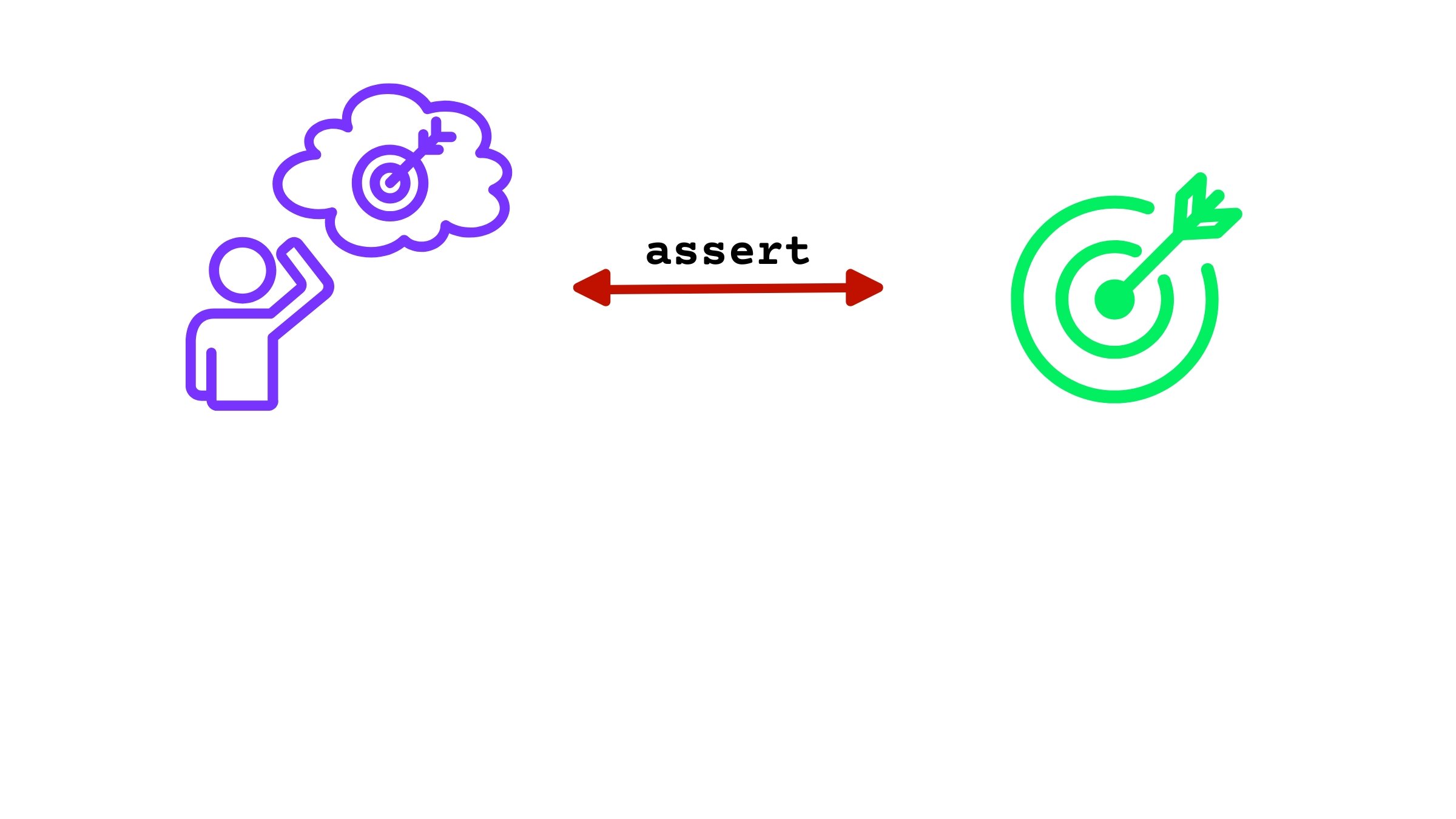Introduction to JUnit
Introduction to Testing in Java

Maria Milusheva
Senior Software Engineer
Quick facts
- JUnit is the most popular Java testing library
- It is well-maintained and constantly updated

Writing a JUnit test
Let's write a test for the addTwoNumbers() method:
public int addTwoNumbers(int a, int b) {
return a + b;
}
JUnit @Test annotation
Install JUnit using an IDE or build tools (example in the citation)
Every test must have the
@Testannotation:
import org.junit.jupiter.api.Test;
@Test
// Test method will be here
Annotation - special metadata that indicates how the method should be handled by compilers and frameworks. Annotations begin with @
1 https://www.jetbrains.com/help/idea/junit.html
JUnit test structure
import org.junit.jupiter.api.Test; @Testvoid testAddTwoNumbers() {// Arrange - Given int num1 = 2; int num2 = 2;// Act - When int actual = addTwoNumbers(num1, num2);// Assert - Then assertEquals(4, actual); }
Assert statements
- Quick way to compare actual outcomes to expected outcomes
- If expected and actual outcomes don't match, test fails
- Help quickly catch bugs and errors

Test outcomes
Consider the assertion:
assertEquals(4, actual); // Will succeed if actual == 4
If successful, will produce a Test passed message
If the values are not equal, e.g. actual = 5:
org.opentest4j.AssertionFailedError: expected: <4> but was: <5>
Remember argument order! First argument is the expected one in JUnit.
Additional test for overflow
@Testvoid testAddTwoNumbers() { // Given int num1 = 2147483647; int num2 = 1; // When int actual = addTwoNumbers(num1, num2); // Then assertEquals(-2147483648, actual); }
Notes about JUnit and testing
- There can be multiple assertions per test
- All assertions need to succeed in order for the test to pass
- We can import all assertions using:
import org.junit.jupiter.api.Assertions.*;
More notes
- Following is a custom Datacamp tool, not needed in IDE:
import static com.datacamp.util.testing.CustomJUnitTestLauncher.launchTestsAndPrint;
import static package.Class.methodallows usingmethodas justmethod, without writingpackage.Class.method
import static java.lang.Math.max;
...
max(3,5); // Instead of Math.max(3, 5)
Let's practice!
Introduction to Testing in Java

